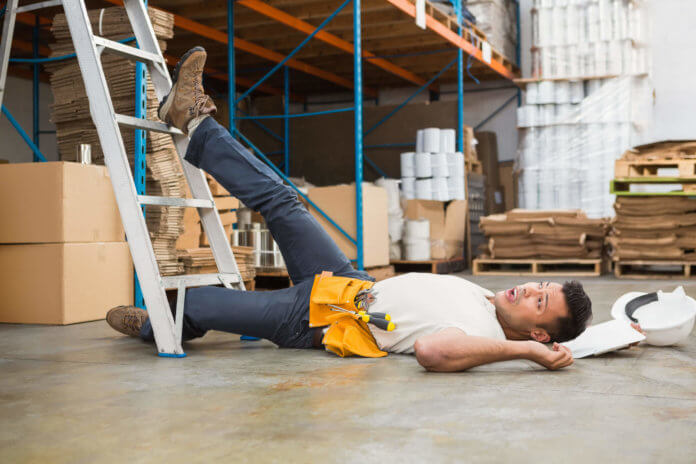Top 5 Ways to Minimise Risk in Your Business
by constructaquote - 28 September 2016


There are risks in almost every workplace and whilst not all can be avoided, many can be minimised or made safer by identifying risks to both employees and customers. Managing risks ensure you are helping to prevent claims against your business which helps to keep your insurance premiums manageable and limiting the negative impact on your business reputation.
Here we are looking at some of the most common causes of liability and how you can tackle them head on to minimise the risks in your work place.
- Machinery/Tools Accidents
Many businesses rely on machines and equipment to function and this cannot be avoided. However, the machinery used should be in the best possible condition and fit for purpose. Guards should be fitted correctly where necessary and the appropriate controls such as emergency stop buttons and interlock buttons should be provided. Inspecting your equipment on a regular basis should ensure you pass it is as safe and of course, anyone using specific equipment must be trained in its use.
- Lifting Accidents
Manual handling is a huge cause of accident in the workplace and the first way of minimising the risk is removing the need to do it as often as possible. If something does need to be lifted, then ensure the right PPE (personal protection equipment) is provided as well as any potential methods for lightening the load and also reducing the need for repetitive (and potentially strain-inducing) movements.
- Slips and Trips
Possibly one of the most common workplace accidents slips and trips can be avoided if you practice good maintenance and housekeeping and remove/repair potential hazards. Generally keeping clutter to a minimum and if required, appropriate, safe footwear is also recommended. Floors should be checked for any unevenness, good lighting should be provided and your business should have safe, designated walkways. Spillages should be cleaned immediately and marked with appropriate health and safety signs. These tips may appear like common sense, however accidents do happen and maintaining a good level of health and safety at all times could make or break a potential claim against your business.
- Fall from Height
Detailed and comprehensive planning of all proposed work at height, with full risk assessments and controls is essential. If it is possible to find a safer way of working that avoids working at height it should always be chosen and having the right equipment for the job can also be integral in minimising risk. Avoiding ladders when the job could be completed safely with scaffolding is a good example of minimising the risk. If working from height is unavoidable it is important that the correct PPE is provided including high visibility vests, correct footwear, hard hat and where possible safety harnesses.
- Burglary and Theft
The physical security of your premises should be a priority. Installing your own electronic security systems, intruder alarms and CCTV is recommended, as is security lighting. A break in to your business can be devastating and if you are not found to have been entirely proactive in your security, then you may find a claim is rejected.
These are just five key areas where you may find your business is at risk and with the right management of each situation, losses should be able to be kept to a minimum.


